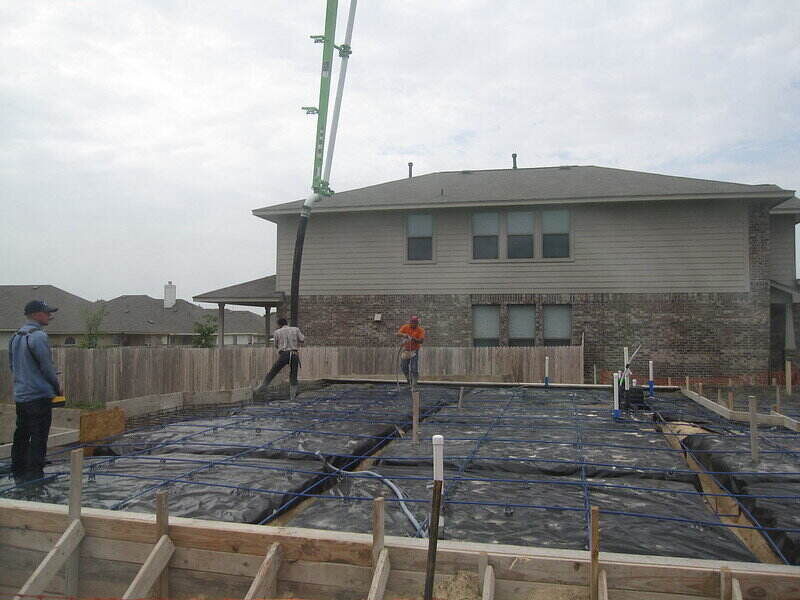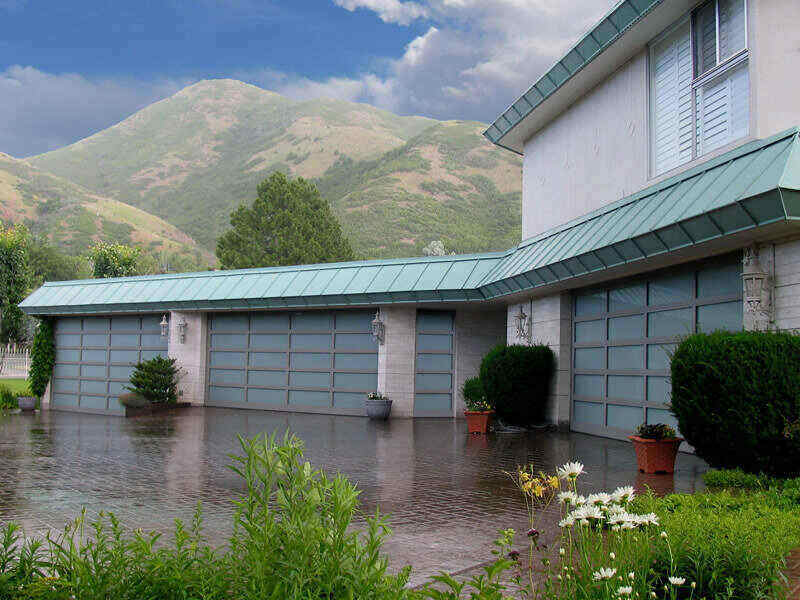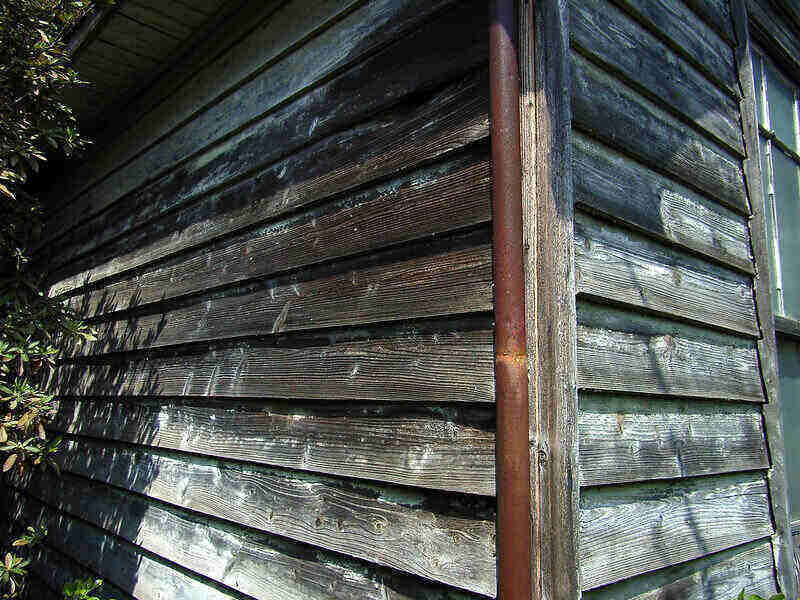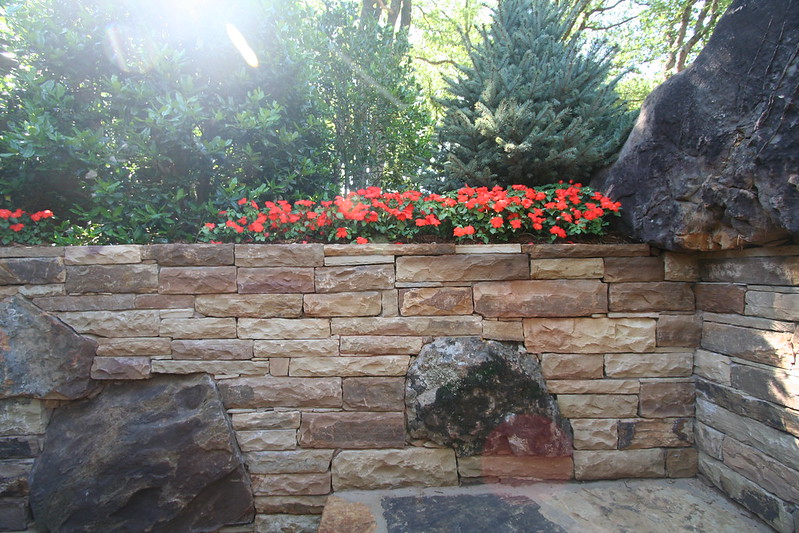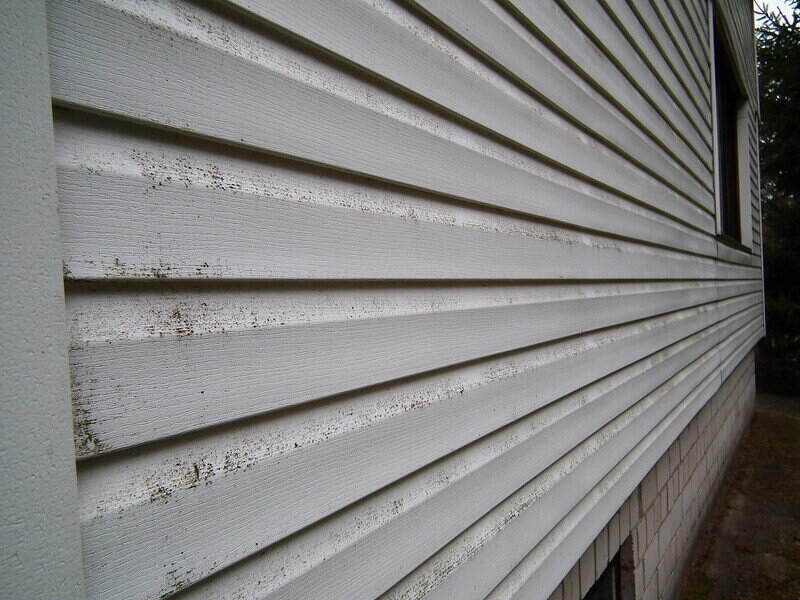The cost of hydroseeding typically ranges from $0.07 to $0.21 per square foot. This range includes labor, soil preparation, and materials, making hydroseeding an affordable option for many homeowners.
Several factors affect the final cost for hydroseeding, such as the type of grass seed, the size of the area, and your location. Labor costs, the specific brand and mix of materials used, and soil quality also play a role in determining the total cost.
To help you estimate the cost of hydroseeding for your new lawn, we’ve gathered data of hydroseeding prices across the country in this comprehensive guide.
Table of Contents
- Cost by Size
- Cost by Labor
- Cost by Location
- Cost by Grass Type
- Cost by Mixture
- Cost by Brand
- Professional Hydroseeding vs. DIY
- Cost by Soil Quality
- Cost for Resloping
- Cost of Permits for Hydroseeding
- FAQ About Hydroseeding
Cost by Size
The cost of hydroseeding is often calculated based on the size of the area. For larger properties, this cost is usually measured per acre. On average, hydroseeding costs between $2,136 and $4,897 per acre.
For smaller yards, the cost is often measured by square foot. However, it’s important to consider that most hydroseeding services have a minimum service fee ranging from $300 to $500.
To accurately estimate the total cost of a hydroseeding project, it’s best to determine the size of your yard and assess its condition.
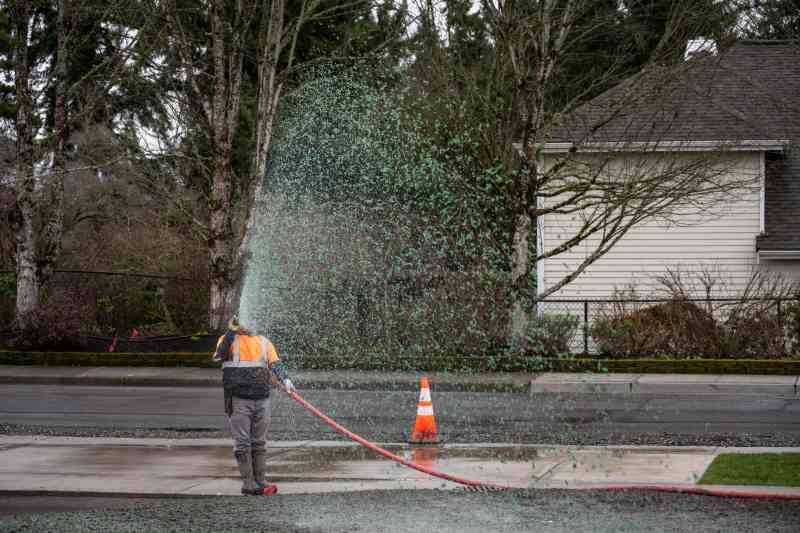
Cost by Labor
Hydroseeding professionals and companies may charge by the hour instead of by the square foot or acre for a small area. On average the hydroseeding labor costs range from $37 to $65 per hour, which include preparation, application, and cleanup. This rate can vary significantly depending on your location, as regional labor costs can impact the final price.
It’s important to get quotes from multiple professionals to understand the labor costs in your area. Additionally, some companies might include labor in their overall per-square-foot or per-acre pricing, while others might list it as a separate charge.
Cost by Location
The cost of hydroseeding can vary significantly depending on your geographical location due to regional differences in labor costs, material availability, and demand. Cities with higher living costs generally see higher service prices.
Here’s a look at the average price per square foot in different regions of the U.S.:
| LOCATION | COST PER SQUARE FOOT (including labor cost + materials) |
| Northeast USA | |
| New York, NY | $0.12 – $0.57 |
| Manchester, NH | $0.09 – $0.40 |
| Southeast USA | |
| Atlanta, GA | $0.08 – $0.36 |
| Mobile, AL | $0.08 – $0.37 |
| Midwest USA | |
| Detroit, MI | $0.07 – $0.32 |
| Minot, ND | $0.08 – $0.39 |
| Northwest USA | |
| Seattle, WA | $0.10 – $0.42 |
| Boise, ID | $0.08 – $0.37 |
| Southwest USA | |
| Dallas, TX | $0.07 – $0.33 |
| Albuquerque, NM | $0.09 – $0.38 |
Cost by Grass Type
Different grass types have varying seed costs due to factors like growth rate, seed production volume, and demand. Specialty grasses like Bahiagrass and Kentucky Bluegrass are more expensive due to their specific growing conditions and higher maintenance requirements.
One of the significant benefits of hydroseeding is the ability to create a custom mix of seed tailored to your yard’s specific needs. A hydroseed slurry, a mixture of seeds, mulch, fertilizer, and water, allows for this customization, ensuring optimal growth conditions for your lawn.
Here are the average costs per pound for various types of grass seeds to add to your hydroseed slurry:
| GRASS TYPE | COST PER POUND |
| Tall Fescue | $4 – $8 |
| Fine Fescue | $4 – $7 |
| Bermudagrass | $4 – $9 |
| Centipedegrass | $6 – $15 |
| Bahiagrass | $8 – $12 |
| Kentucky Bluegrass | $8 – $13 |
Cost by Mixture
The cost of hydroseeding also depends on the mixture you choose. Basic mixtures, which include grass seed, water, fertilizer, and mulch, are budget-friendly and great for most lawns. If your lawn needs extra help, like erosion control or enhanced germination, you’ll need a specialized mixture with added ingredients to stabilize the soil. These special mixtures cost more but offer extra benefits for tricky areas.
Cost by Brand
Different brands offer hydroseeding materials at various price points. Brand reputation, quality of materials, and specialized blends influence the price. Premium brands often use higher quality seeds and additives that ensure better growth rates and durability.
Here are the average costs for some popular brands:
| BRAND | COST PER BAG |
| Scott’s | $17 |
| Nature’s Seed | $19 |
| Grass Shot | $17 |
Professional Hydroseeding vs. DIY
Hiring a professional to hydroseed your lawn ensures the job is done correctly and efficiently. Professionals have the experience and equipment to handle large areas and challenging terrains.
For those with the time and skills, DIY hydroseeding may save you money. However, it requires renting or purchasing equipment and materials, which can make it more expensive upfront. You will also need to invest in protective equipment for your safety.
Here’s a breakdown of the potential costs for DIY hydroseeding:
| Material/Equipment | Cost |
| Hydroseeding Machine Rental (per day) | $220 – $463 |
| Seed Sprayer | $30 – $40 |
| Hydroseeding Kit | $22 – $38 |
| Grass Seed (per pound) | $2 – $6 |
| Mulch | $15 – $50 |
| Granular Fertilizer | $245 – $350 |
| Rake | $13 – $250 |
| Yard Leveler | $50 – $864 |
| Topsoil (per cubic yard) | $11 – $53 |
| Compost (per cubic yard) | $15 – $100 |
While DIY hydroseeding may seem cheaper initially, especially if you choose to use a Hydroseeder Starting Kit, the costs can add up due to the need for equipment and materials. Hiring a professional can be more cost-effective in the long run, saving you time and money.
For a detailed step-by-step process on how to successfully hydroseed your lawn on your own, check out our DIY Hydroseeding Guide.
Cost by Soil Quality
Soil quality is crucial for the success of your hydroseeding project. If your soil is in poor condition, you may need a lawn soil test, which costs between $35 and $100. Based on the test results, you might need to amend your soil with compost, lime, sulfur, or fertilizers before hydroseeding your lawn for the best results.
Cost for Resloping
Another factor that can drive up the cost of your hydroseeding project is the slope of your yard. If your yard has a slope of above 20 degrees, the project will be more expensive. This is because the amount of seed, fertilizer, and water required will be twice the amount needed for a flat yard.
You now have two options: reslope your yard for $700 to $2,500 to ensure proper drainage and soil stability, or continue with hydroseeding but expect the cost per square foot to double due to the additional materials and labor needed for the sloped area.
Cost of Permits for Hydroseeding
Depending on your location, you may need a permit for hydroseeding, especially for large or commercial properties. The cost and requirements for permits vary widely based on local laws and the scope of the project. Factor permit costs into your overall budget to avoid unexpected expenses. Check with local authorities to determine if a permit is needed for your project.
FAQ About Hydroseeding
How long does it take for hydroseed to grow?
Hydroseeded lawns generally begin to show growth within a week. After a month, your grass should be around 3 inches tall. Regular watering and proper care are essential for successful growth.
Can I hydroseed over an existing lawn?
Hydroseeding over an existing lawn is not recommended. For best results, you should remove the existing grass and weeds, prepare the soil, and then apply the hydroseed mixture. This ensures proper seed-to-soil contact and better growth.
How does hydroseeding compare to traditional landscaping methods?
Hydroseeding is often more cost-effective than sod, and provides faster results than broadcast seeding. It also allows homeowners to customize their grass types according to their needs.
Call the Pros for Expert Lawn Care
Hydroseeding is an effective and affordable method for establishing a lush, green lawn. By understanding the factors that influence the cost, you can make an informed decision that fits your budget and lawn care needs.
After your lawn is established, keep it looking its best with regular maintenance. Contact a local lawn care professional for mowing and upkeep to ensure a healthy and beautiful lawn for years to come.
Main Photo Credit: Projar / Wikimedia Commons / CC BY-SA 3.0
